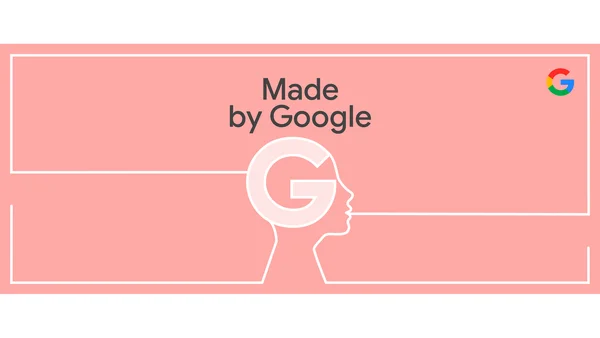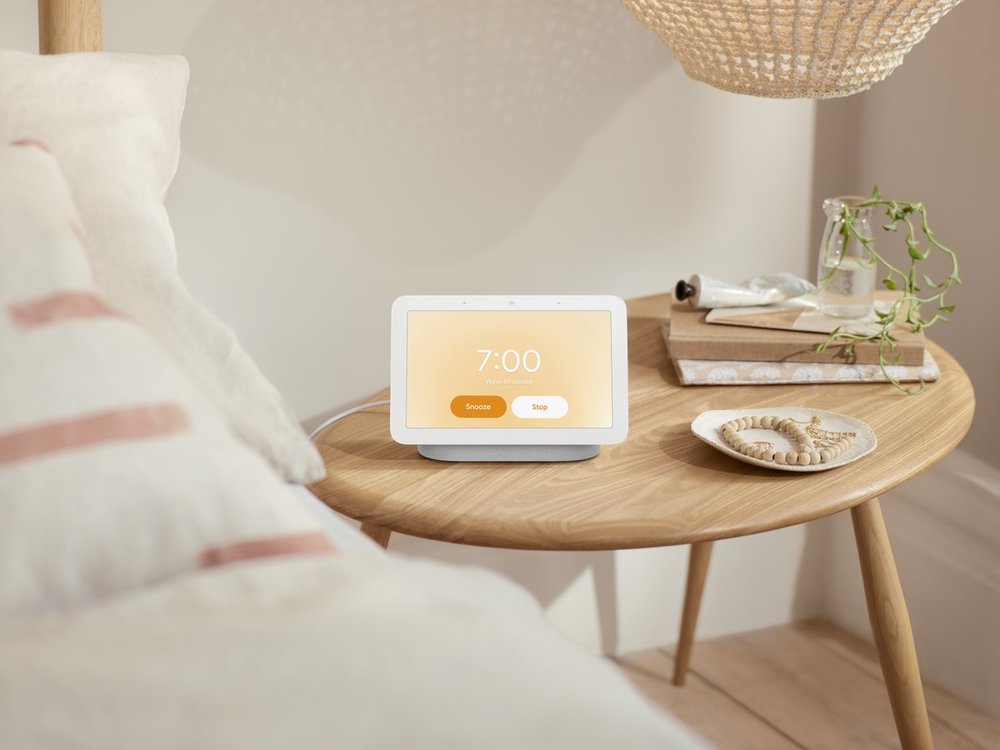Find your perfect room temperature
People often think that a cool room (16-19˚C or 61-66˚F) is better for sleeping, but according to Dr. Logan, there is no one-size-fits-all temperature in the bedroom. He recommends finding a temperature that is comfortable for you throughout the night. An uncomfortably cold or warm bedroom can affect the quality of your REM sleep, which is an important phase of your night's rest.
Nest Hub keeps track of the average temperature at night. Did you sleep well? Great! Take note of the temperature that Nest Hub measured for you on the Sleep Quality page and make sure that your bedroom is set to that temperature from now on.
Embrace the winter cold once you wake up
We’ve all been there: the alarm goes off, your eyes won't open and the thought of walking in the cold to the bathroom makes you want to stay in bed even more. However, embracing a cold winter’s day is actually a good idea.
Dr. Logan says: “The cold can serve as a cue to your body that it’s time to wake up. So, while you may not want to leave your cozy bed, walking around on a cool floor or washing your face with cold water can be just the invigorating experience your body needs to get going in the morning.”
Never snooze again
As the saying goes: You snooze, you lose. Dr. Logan says: “When using the snooze function, not only are you delaying the inevitable, you’re also not using the extra time well. Falling back to sleep after an alarm takes time. Between each ring of the alarm you’re not getting as much sleep as you think. Your brain can spend up to half of the time falling back to sleep!”
In short, your snoozy nap isn’t really that helpful. It’s better to get up immediately when your alarm goes off.
Imitate a sunrise
Humans are naturally accustomed to waking up to sunlight. Yet, in the winter months, waking up during a dark morning might feel like waking up in the middle of the night. Light plays a key role in your sleep rhythm, says Dr. Logan: “It’s important to use light to help wake up, because your body relies on exposure to light when you’re waking up to set its internal clock for the next sleep period.”
 The Made by Google Podcast is back for another season of behind the scenes stories about Pixel, Android and more.We kick off our seventh season with an in-depth look at …
The Made by Google Podcast is back for another season of behind the scenes stories about Pixel, Android and more.We kick off our seventh season with an in-depth look at …
 The Made by Google Podcast is back for another season of behind the scenes stories about Pixel, Android and more.We kick off our seventh season with an in-depth look at …
The Made by Google Podcast is back for another season of behind the scenes stories about Pixel, Android and more.We kick off our seventh season with an in-depth look at …
 Season 3 of the Made By Google Podcast.
Season 3 of the Made By Google Podcast.
